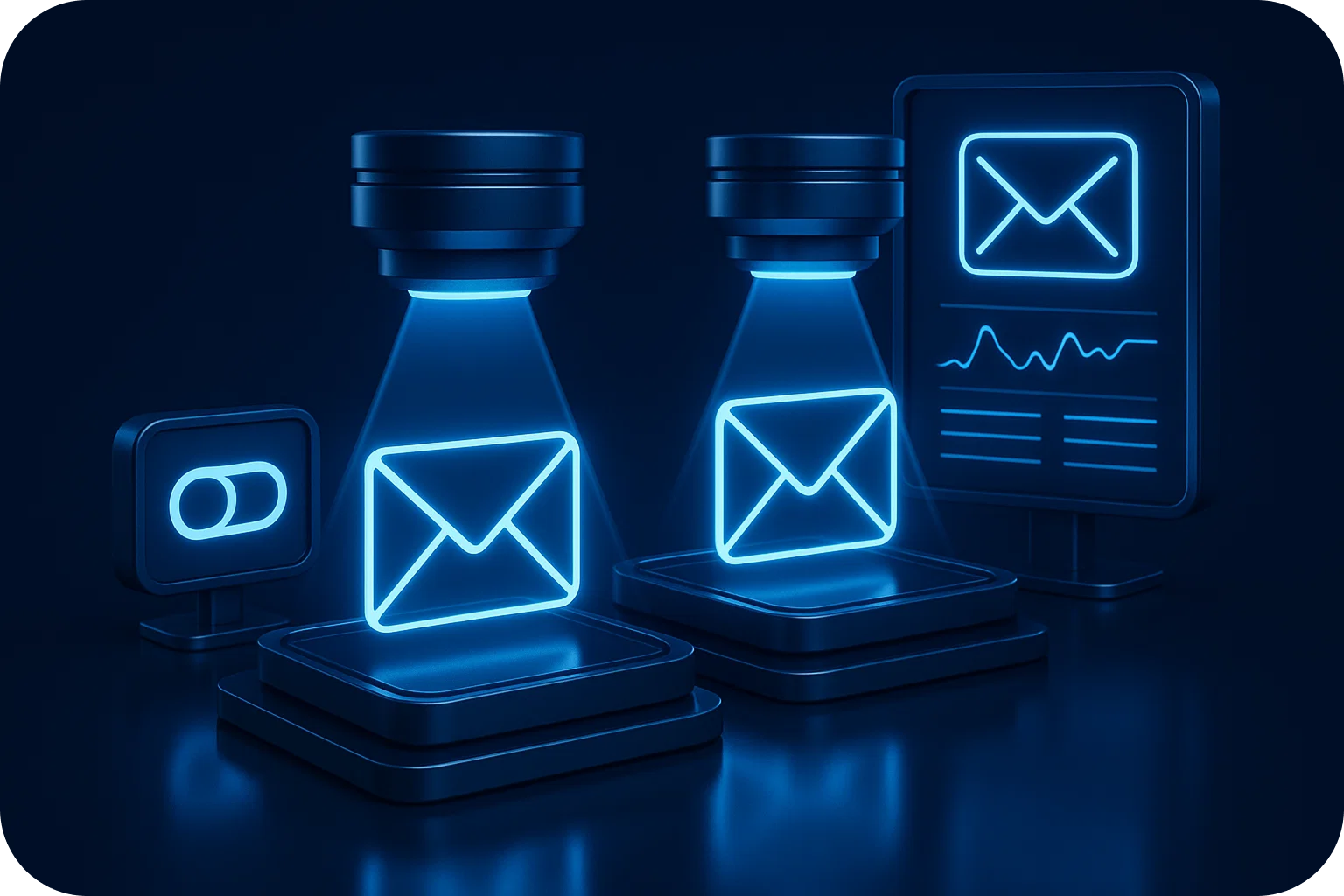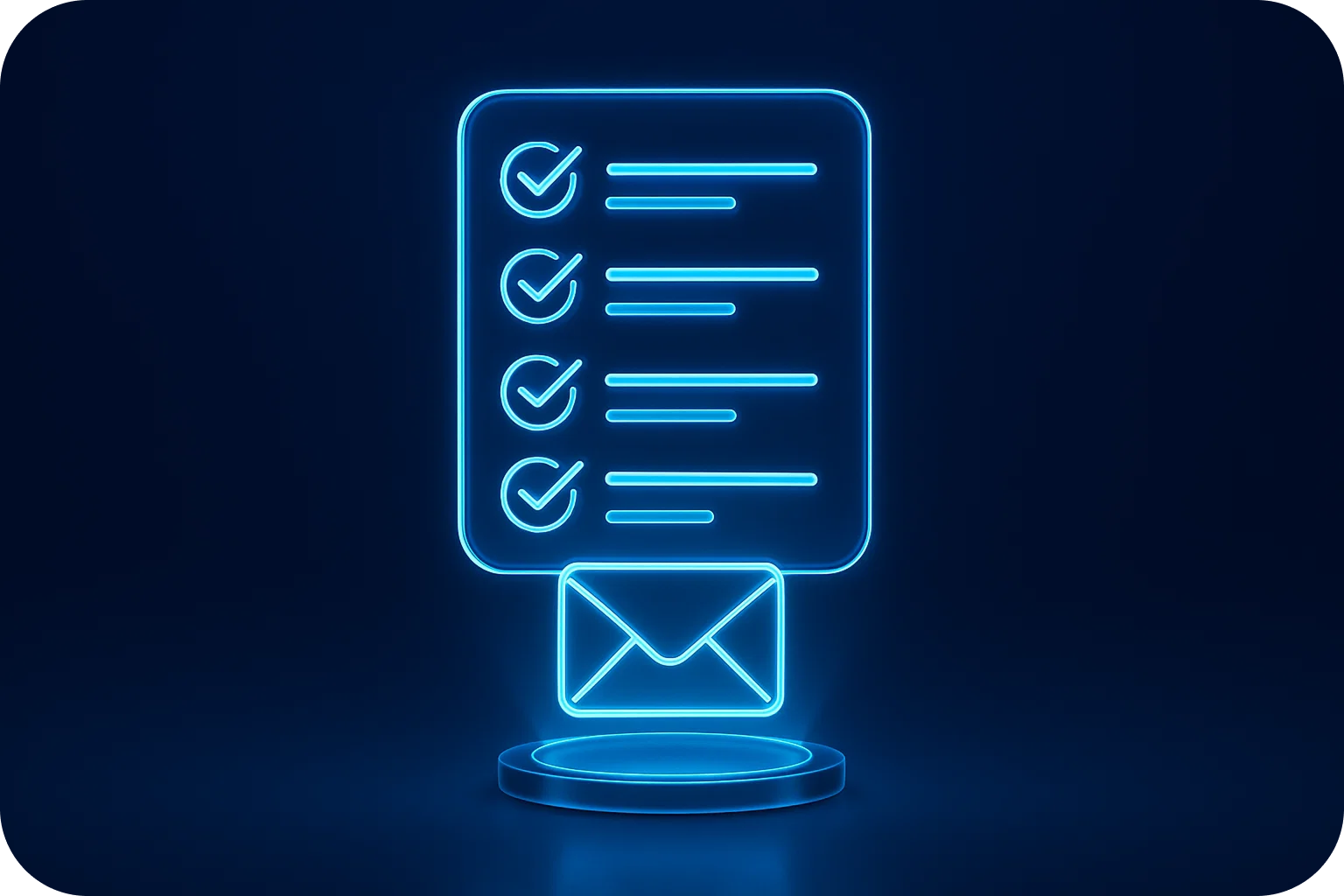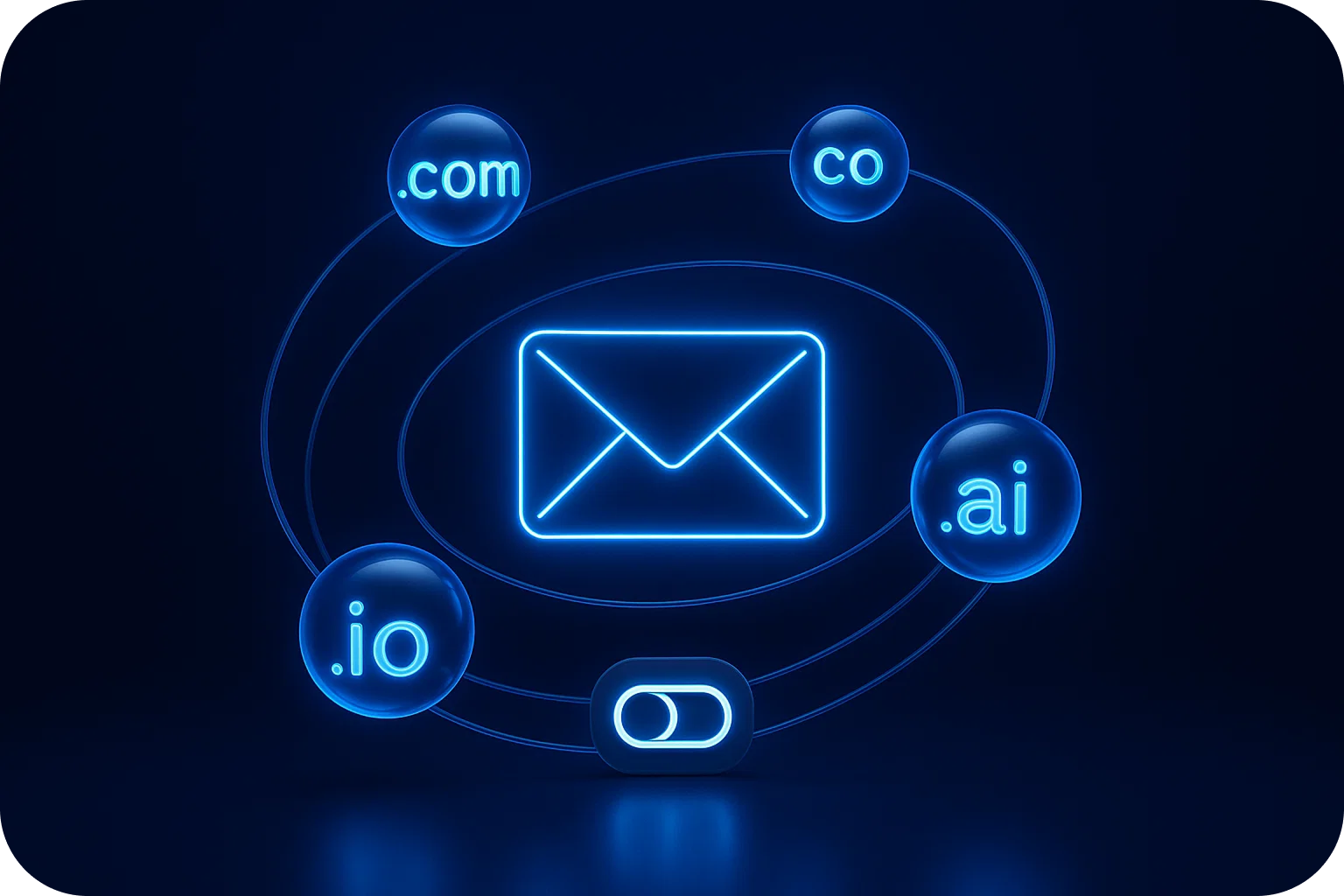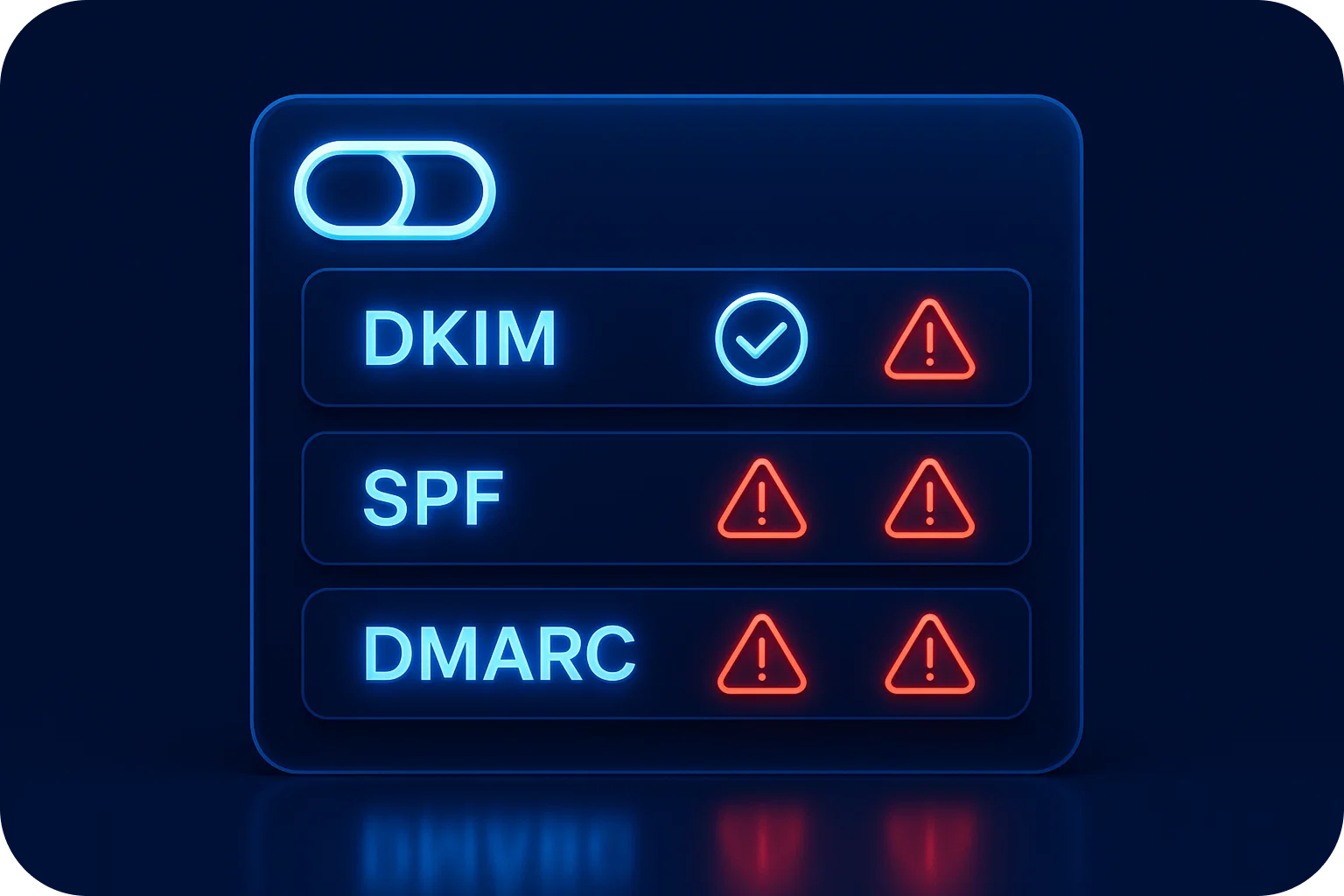Email Provider Reputation Scores: How Gmail and Outlook Judge Your Sending
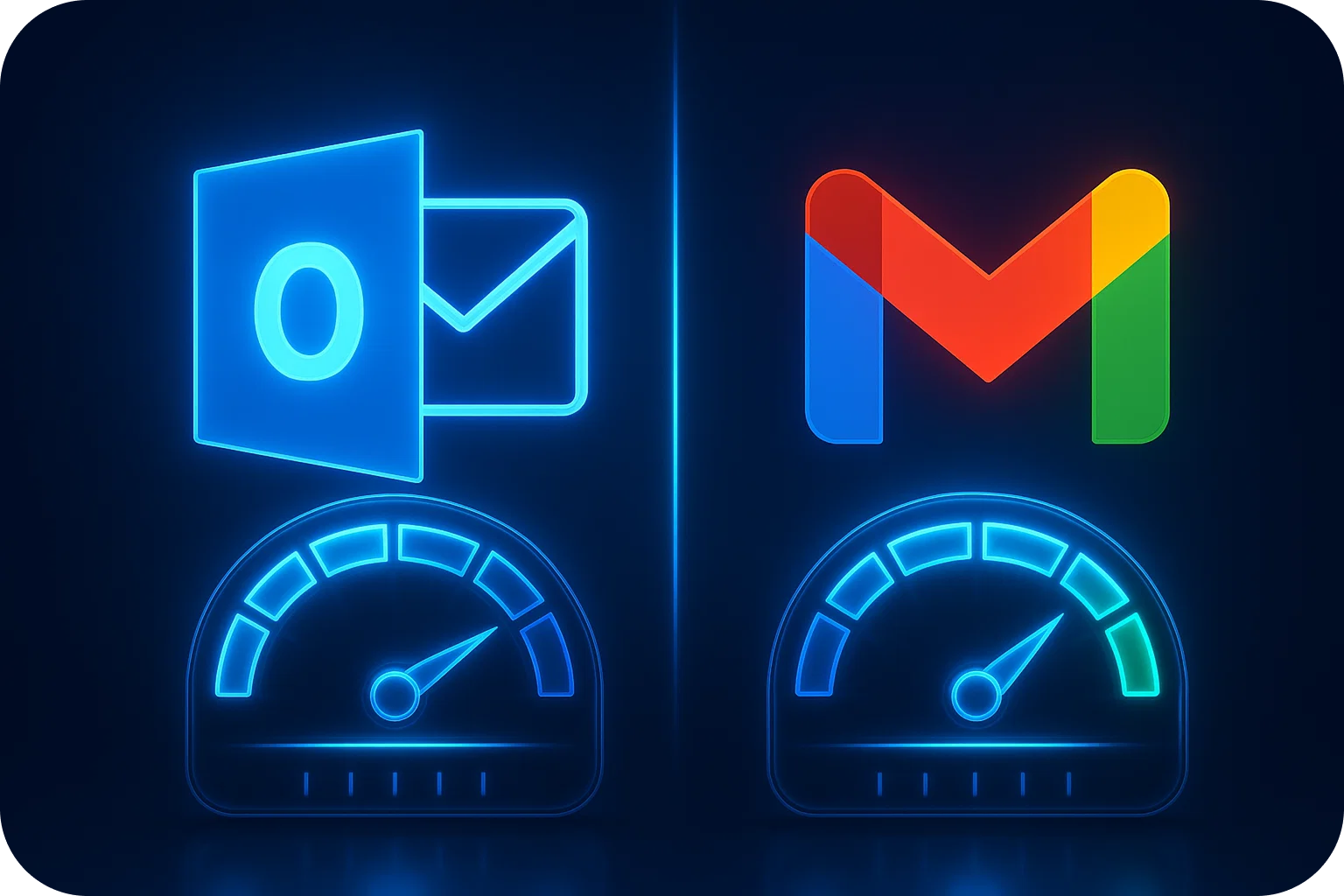
When you send a cold email campaign, your message doesn't simply arrive in the inbox by default. Behind the scenes, sophisticated email filters evaluate dozens of signals to determine whether your email deserves inbox placement or should be relegated to spam. Understanding how major email providers like Gmail and Outlook calculate sender reputation is critical for anyone serious about email deliverability.
What Is Sender Reputation?
Sender reputation is essentially your credibility score as an email sender. Think of it as a credit score for your email infrastructure. Email providers assign reputation scores based on your sending behavior, recipient engagement, technical authentication, and complaint rates. This score directly influences inbox placement—the higher your reputation, the more likely your emails land in the primary inbox rather than spam folders.
Gmail's Reputation Framework: Engagement-Driven Filtering
Gmail processes over 300 billion emails daily, making it the world's largest email provider. Google's filtering system prioritizes user engagement above nearly everything else.
Key Factors Gmail Weighs Most Heavily
Engagement Metrics: Gmail tracks how recipients interact with your emails. Opens, clicks, replies, and forwards signal positive engagement. Conversely, immediate deletions, marking as spam, or ignoring your messages damage your reputation. Gmail's algorithms learn from billions of user interactions to predict whether future recipients will want your email.
Domain and IP Reputation: Gmail maintains separate reputation scores for your sending domain and IP address. New domains and IPs start with neutral reputations and must build trust gradually. Sudden volume spikes from new infrastructure trigger spam filters automatically.
Authentication Protocols: Gmail requires proper SPF, DKIM, and DMARC configuration. Missing or misconfigured authentication is a red flag. Gmail's postmaster tools show authentication pass rates, and consistent failures severely impact deliverability.
User Complaints: When recipients mark your email as spam, Gmail's filters respond aggressively. A complaint rate above 0.3% typically triggers filtering. Gmail also monitors unsubscribe requests—making it difficult to unsubscribe increases complaint rates.
Content Analysis: While engagement matters most, Gmail still analyzes content for spam indicators. Excessive capitalization, misleading subject lines, suspicious links, and spammy keywords contribute to filtering decisions.
Gmail's Unique Approach: Machine Learning
Gmail employs TensorFlow-based machine learning models that continuously adapt. These models analyze sender patterns, content characteristics, and recipient behavior to make real-time filtering decisions. This means Gmail's filters become more sophisticated over time, learning from your specific sending patterns.
Outlook's Reputation System: Microsoft's SmartScreen Filter
Microsoft's email ecosystem—including Outlook.com, Hotmail, and Office 365—uses SmartScreen Filter technology combined with reputation data from Microsoft's vast network.
Key Factors Outlook Prioritizes
IP Reputation: Outlook places heavier emphasis on IP reputation compared to Gmail. Microsoft maintains extensive IP reputation databases through its SmartScreen network. Shared IP addresses can be problematic if other senders on the same IP have poor practices.
Complaint Rates: Outlook is particularly sensitive to spam complaints. The threshold is lower than Gmail's—complaint rates above 0.1% can trigger filtering. Outlook users who mark emails as junk directly impact your sender reputation.
Spam Trap Hits: Microsoft operates numerous spam traps—email addresses specifically designed to catch poor list hygiene. Sending to spam traps indicates you're using purchased lists, scraping addresses, or not maintaining proper list hygiene. Spam trap hits severely damage Outlook reputation.
Authentication and Infrastructure: Like Gmail, Outlook requires SPF, DKIM, and DMARC. However, Outlook also evaluates your sending infrastructure's consistency. Frequent IP changes or inconsistent sending patterns raise suspicion.
Engagement Patterns: While Outlook monitors engagement, it weighs this factor less heavily than Gmail. However, consistently low open rates and high deletion rates still contribute to reputation decline.
SNDS Data: Microsoft's Smart Network Data Services provides reputation data for your sending IPs. Monitoring your SNDS metrics gives direct insight into how Outlook views your reputation.
Outlook's Distinctive Feature: Sender Reputation Level (SRL)
Outlook assigns a Sender Reputation Level ranging from 0 to 9, with 9 being the worst. This numeric score determines filtering aggressiveness. Senders with high SRL scores face immediate spam folder placement or outright blocking.
Key Differences Between Gmail and Outlook
Engagement vs. Infrastructure: Gmail prioritizes recipient engagement and behavior patterns, while Outlook places more weight on technical infrastructure and IP reputation.
Machine Learning Sophistication: Gmail's machine learning models are more advanced and adaptive. Outlook relies more on rule-based systems combined with reputation databases.
Complaint Sensitivity: Outlook reacts more aggressively to spam complaints with a lower threshold for filtering.
Transparency: Microsoft provides more direct reputation feedback through SNDS. Gmail's postmaster tools offer insights but less granular reputation scoring.
Shared IP Impact: Outlook is more affected by shared IP reputation issues compared to Gmail's more nuanced sender-specific analysis.
Practical Strategies for Building a Strong Reputation
Warm Up Gradually: New domains and IPs need warming. Start with low volumes to engaged recipients, gradually increasing over 3-4 weeks. Mailpool.ai's infrastructure supports proper warm-up protocols to establish positive reputation from day one.
Monitor Authentication: Regularly verify SPF, DKIM, and DMARC records are properly configured. Use Gmail Postmaster Tools and Microsoft SNDS to monitor authentication pass rates.
Maintain List Hygiene: Remove bounces immediately, suppress unsubscribes, and never purchase email lists. Regular list cleaning prevents spam trap hits and maintains engagement rates.
Optimize for Engagement: Personalize content, segment audiences, and send relevant messages. High engagement signals to email filters that recipients want your content.
Monitor Complaint Rates: Keep complaint rates below 0.1% for Outlook and 0.3% for Gmail. Make unsubscribe options prominent and honor requests immediately.
Use Dedicated Infrastructure: Shared IPs introduce reputation risk from other senders. Dedicated IPs or high-quality shared infrastructure with reputation monitoring provides better control.
Conclusion
Email provider reputation scores determine whether your carefully crafted cold emails reach the inbox or disappear into spam folders. Gmail's engagement-focused, machine learning-driven approach differs significantly from Outlook's infrastructure-weighted, rule-based system. Success requires understanding both platforms' priorities and implementing technical best practices alongside engagement optimization.
Building and maintaining a strong sender reputation takes time, proper infrastructure, and consistent attention to deliverability fundamentals. With the right approach and tools, you can achieve the 96-98% inbox placement rates that turn cold email into a reliable growth channel.
More articles
Get started now




%201.png)
